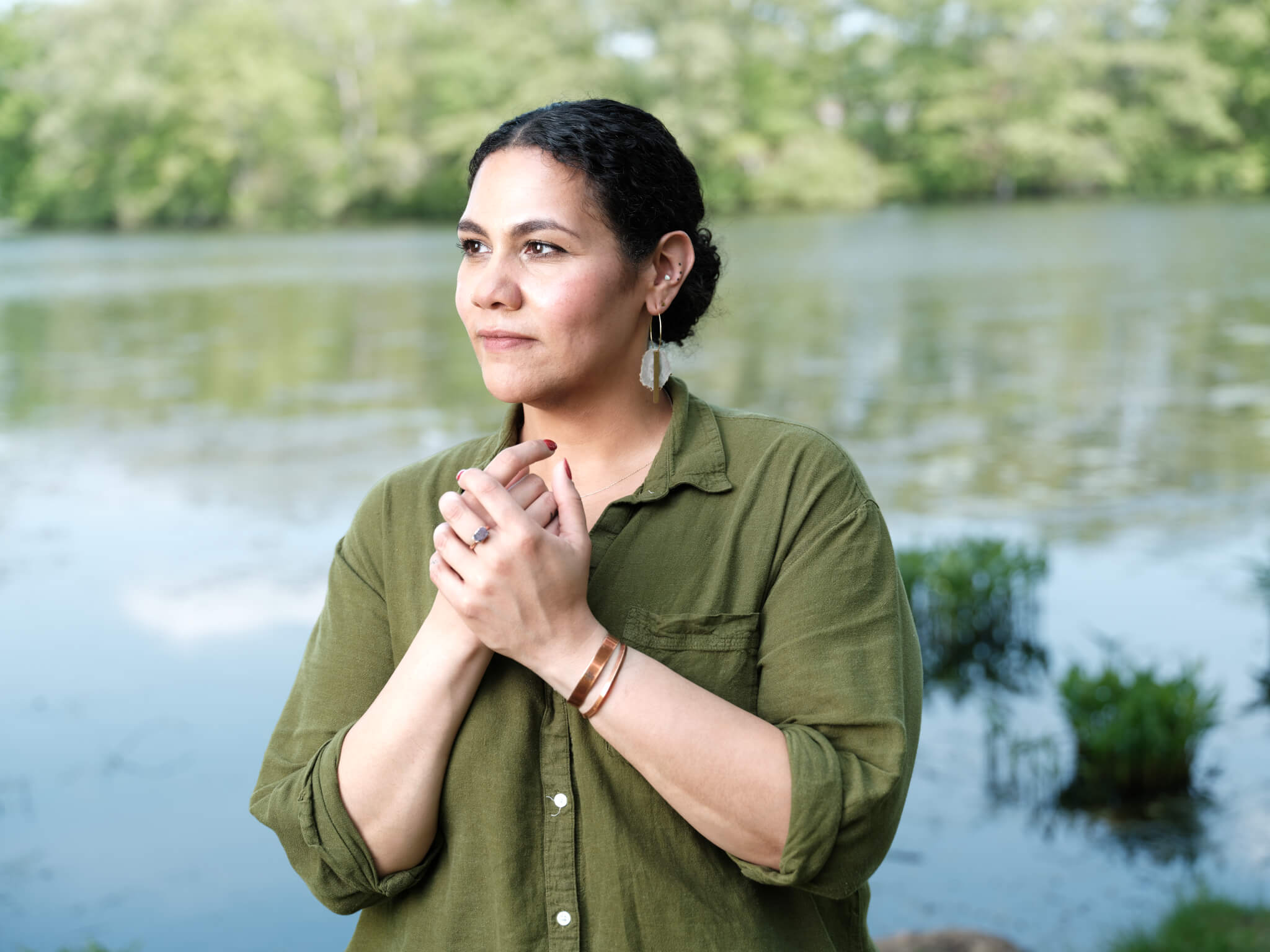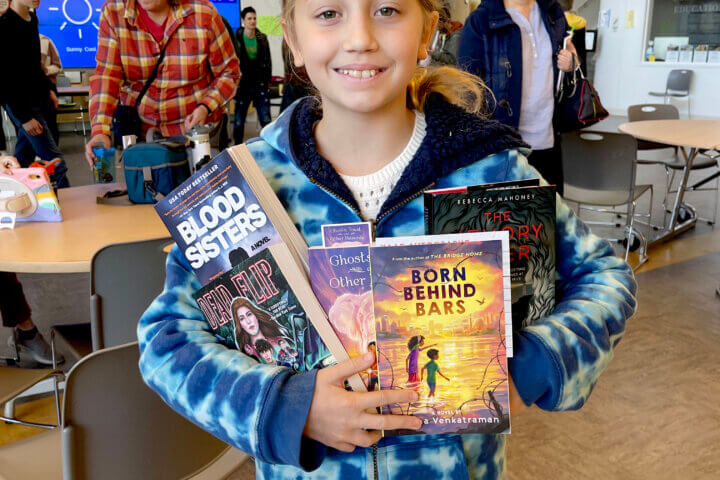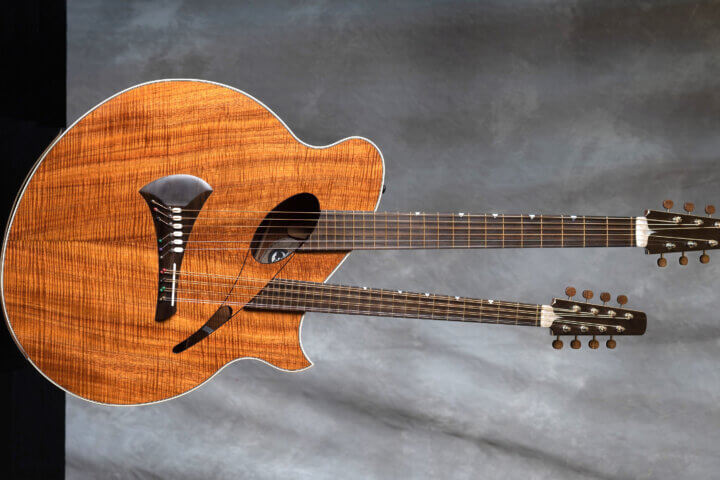By Holly Camero — Correspondent
Concord’s fight for freedom — past and present — will soon take shape in a three-dimensional work of art on Monument Square meant to teach and inspire.
The three semi-finalists for the public art project shared their ideas at a recent forum.
The project is part of “Making it Public,” a program of the New England Foundation for the Arts with Forecast and the Metropolitan Area Planning Council.
“The idea is to build up the muscles of municipalities to better commission public works of art,” said Mimi Graney, Concord’s economic vitality manager.
The call for art focuses on next year’s 250th anniversary of the start of the American Revolution and the site immortalized in Thoreau’s “Civil Disobedience.”
“We’re asking the artists to take inspiration from [times] Concord was called for the fight for freedom. One was 250 years ago during the American War of Independence, then in the mid-1800s when Henry David Thoreau and Ellen Garrison were both fighting for abolition and expanding civil rights. And then we asked the artists to also think about [how] that site for freedom [is] relevant for today,” Graney said of the call, which went out in October.
The committee selected three finalists from submissions received in January: Krystle Brown, Elizabeth Helfer, and Silvina Mizrahi. Each had 10 minutes to present their project at the March 6 forum.
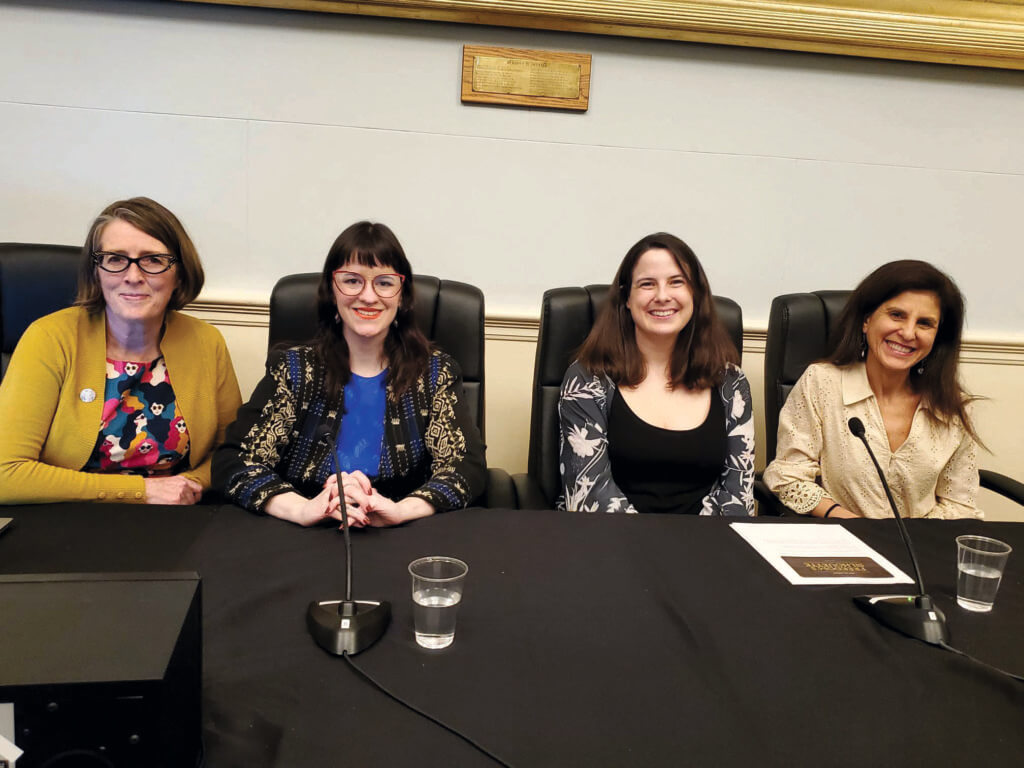
After the presentations, Graney asked attendees for written feedback based on criteria including artistic merit and responsiveness “to this particular time, particular location, and this particular community.”
Another consideration: The feasibility of the project given the “modest budget of $20,000” — $15,000 from NEFA and $5,000 from the Massachusetts Cultural Council.
The artwork will be installed at Monument Square, “now known as the place where Thoreau spent his night in jail and was inspired to write the essay for ‘Civil Disobedience,’ and it will remain for September, October, and November,” Graney said.
Weaving past and present
Mizrahi’s project is titled “Echoes of Freedom — A Dialogue Between Past and Present.”
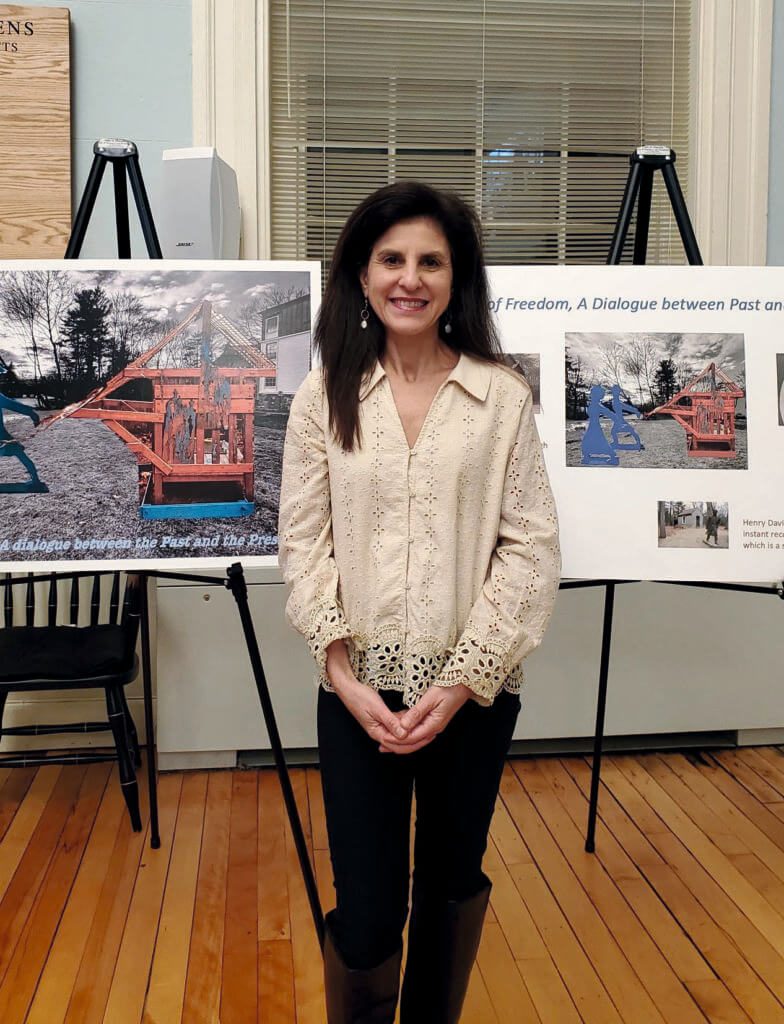
She intends to “weave together the rich tapestry of Concord’s history, highlighting the stories of the town’s historic Black residents and abolitionists and the broader themes of freedom and justice,” she said.
Drawing inspiration from Thoreau and Garrison, the project will include a wooden structure reminiscent of a slave ship and Thoreau’s cabin as a symbol of social injustice. Small metal figures depicting enslaved people will hang from the outside walls, with quotes from Thoreau, Garrison, and Ralph Waldo Emerson inside and out. Life-size silhouettes of Thoreau and Garrison will face the wooden structure and be painted blue – “the color of freedom,” Mizrahi said.
Asked about the project’s feasibility, given its complexity, Mizrahi said the wood structure was part of a treehouse from her yard.
Mizrahi, a former educator, said she would lead an art-making component — wire sculptures representing Thoreau and Garrison. She hopes to do something similar in Concord public schools.
She said her project is meant to be enjoyed both from a distance and up close.
Taking a stand
Brown’s “Civil Redemption” evokes the work of Thoreau and Garrison, drawing parallels between slavery and incarceration in Massachusetts and inviting visitors to become activists.

Brown’s project has three components: an 8×10-foot floor laid with gravel — the average size of a Massachusetts state prison cell; a 10-foot and an eight-foot wall with interactive windows; and a student desk.
Windows will flip to reveal quotes from Thoreau’s “Civil Disobedience” and photographs of formerly incarcerated men from MCI-Concord. The desk will have accessibility enhancements and hold stamped, self-addressed postcards so people can write to state legislators to urge them to end solitary confinement in Massachusetts.
A PVC sign in the center of the floor will show mileage from Monument Square in Concord to the 12 Massachusetts correctional institutions.
In an interview, Brown said Civil Redemption is not about incarcerated people being redeemed “but having all of us be redeemed. We have one of the highest incarceration rates in the world. We incarcerate Black and brown people [more frequently], which is an echo of slavery. So maybe there is something all of us should search within ourselves to find what we can do to solve this issue.”
A moment to reflect
Hefler’s project symbolizes the freedom “to sit and be in a place; to exist in a place.”
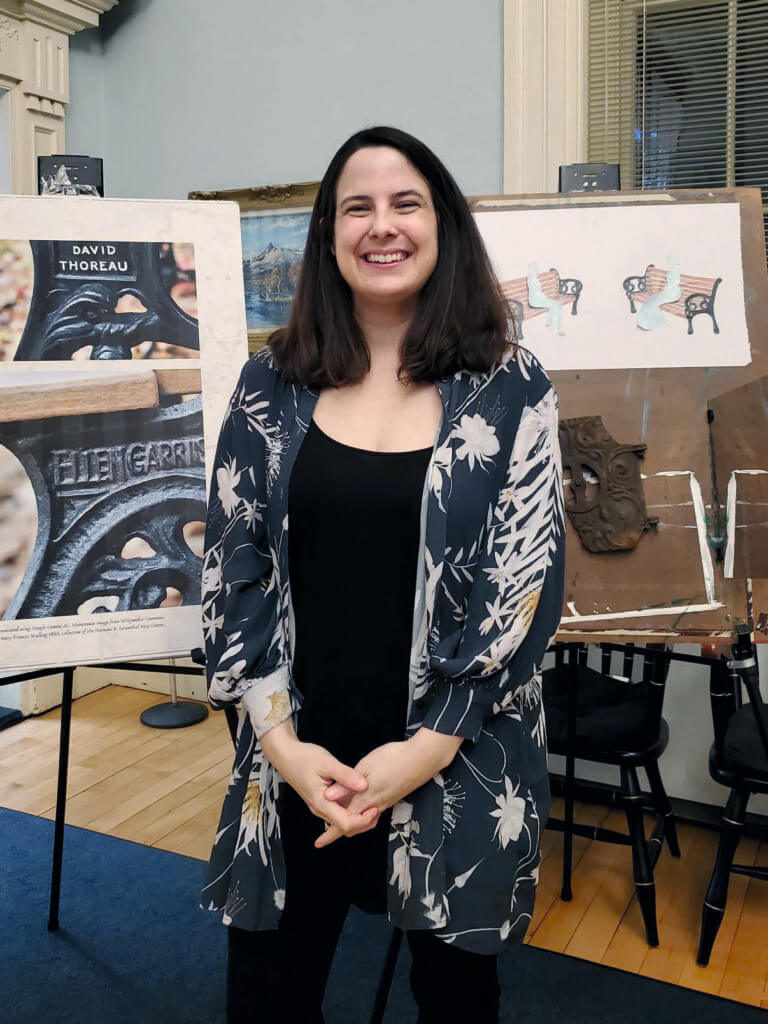
“It’s connecting the dots between the fight for freedom in the past and today,” she said in an interview, noting that sit-ins were a big part of the Civil Rights movement.
She will create two silhouetted figures representing Thoreau and Garrison seated across from one another on two oak benches. Thoreau’s and Garrison’s names will be engraved on the cast-iron armrests. The silhouettes will be made of two-way transparent acrylic, allowing visitors to look through the figures to Freedom’s Silhouette and also to see their reflections, “using them as a lens through which to view the present,” Hefler said.
QR codes around the exhibit will provide more information in text that Heffler will develop with project stakeholders.
If the project is chosen, Hefler hopes people will take a moment just to sit.
“The public space is meant for me. It’s meant for all of us. I hope people will sit and reflect … interaction with the work is really important and meaningful,” she said.



